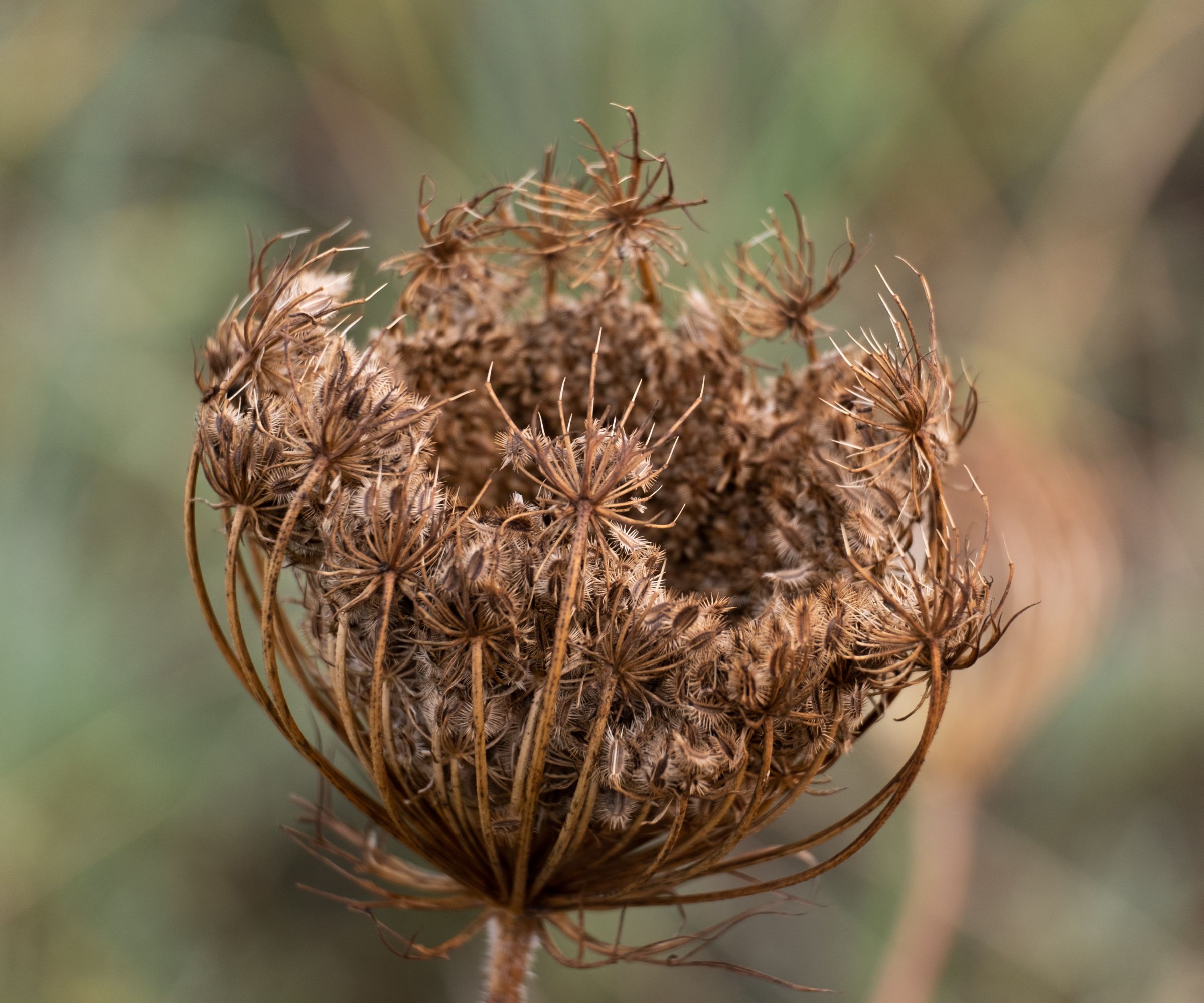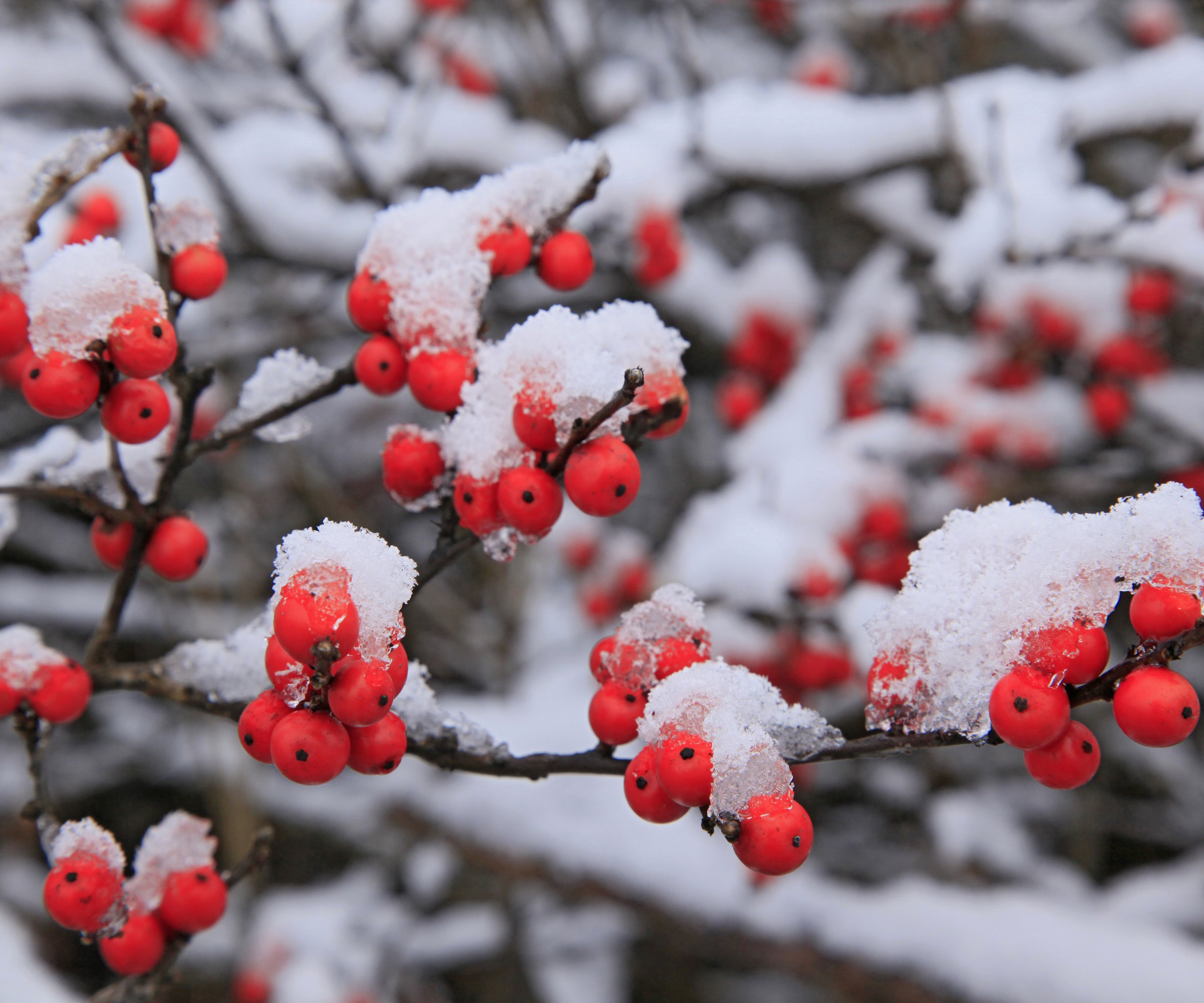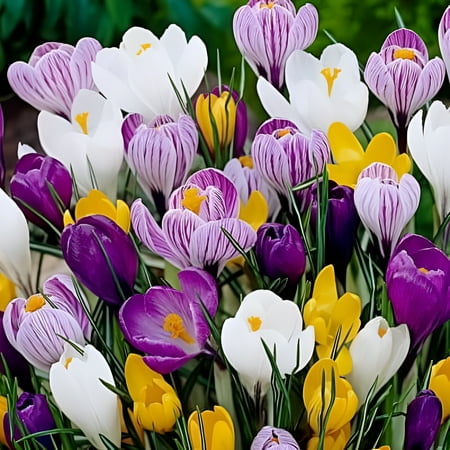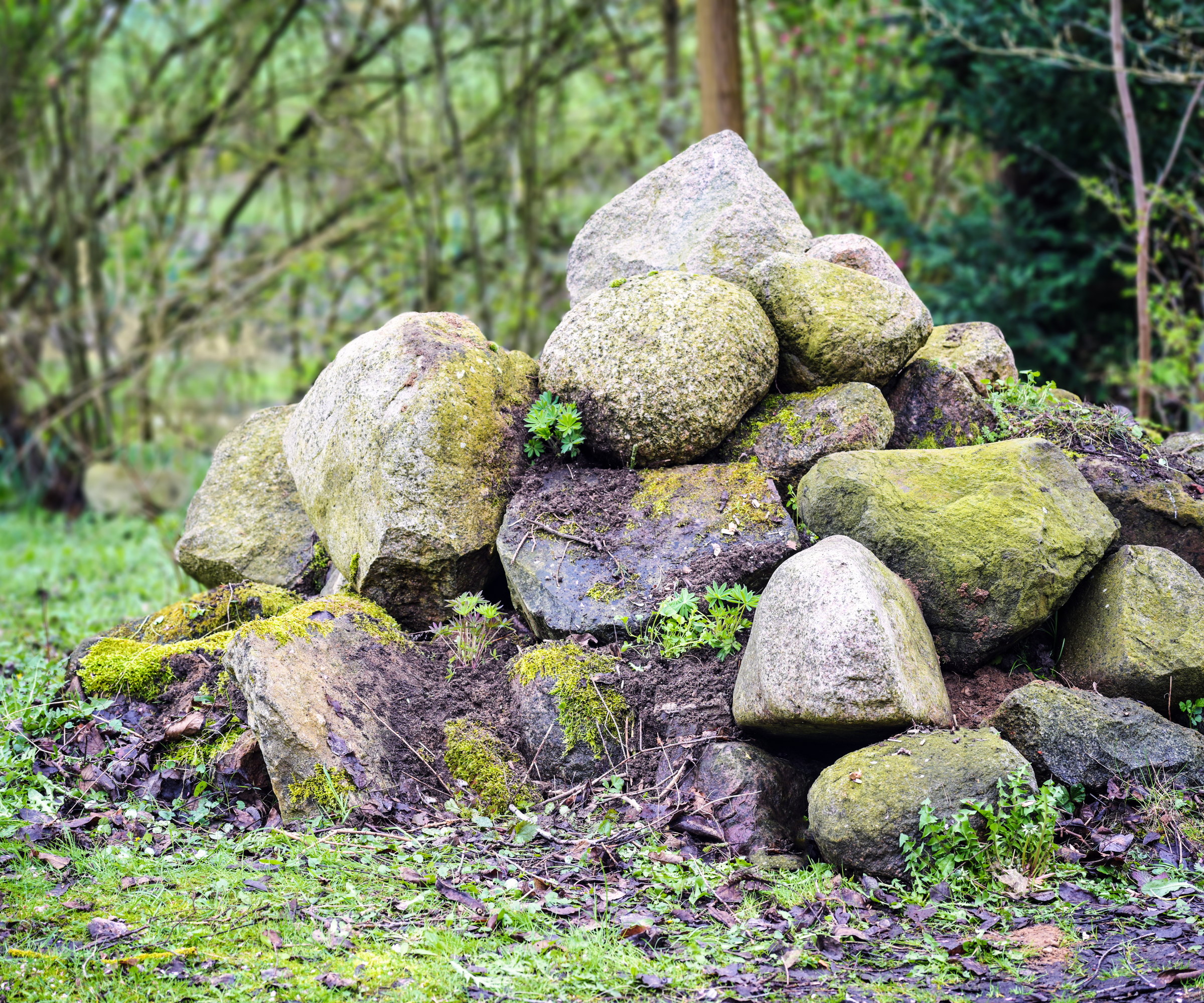As the gardening calendar ticks around into late fall, we see winter on the horizon, and many thoughts go to tidying up plants and putting the garden to bed. However, if we think winter is tough for us, spare a thought for wildlife that are desperately searching for food and shelter at this lean time of year.
Thankfully, gardeners can do many things to help all kinds of wildlife during the winter months. And it is not difficult things, it can be simple measures like not cutting back plants and making leaf or log piles towards the back of our borders. These elementary moves might not seem much, but they make a big difference.
You may like

Wildlife garden jobs for November – 5 tasks to consider
November offers a great opportunity to make tangible decisions that can help garden wildlife cope through winter and into spring. It can be a tumultuous period for all manner of wildlife, so it pays to help pollinators and birds in the fall.
These wildlife garden jobs for November provide food and shelter, making a big difference. They are great ideas to add to any fall gardening checklist.
1. Leave seedheads

(Image credit: Getty Images / Ben Pritchard)
The seedheads of many popular perennial plants come to the fore in the fall, as they become an increasingly vital food source for birds. There are huge benefits to resisting the urge to deadhead plants late in the season and opting not to cut back all perennials in the fall.
Dr Amy Karpati, Senior Science Advisor at Teatown Lake Reservation, claims both the seedheads of flowers and grasses can provide ‘critical food’ for birds, including goldfinches, cardinals, chickadees, and sparrows, during the colder months, when their food sources are limited.
And it is some of the most common flower bed plants that can make a difference, with the likes of coneflower, black-eyed Susan, verbena, goldenrod, and sunflowers all great plants for seedheads. Keep those pruning shears tucked away in the fall, and these plants will provide an essential energy-rich food source for all manner of birds.
Andrew Marshall, garden designer and owner at Go Wild Landscapes, highlights one other hugely important plant to leave untouched this season.
He says: ‘Teasel heads are a great example of something that many birds really love to eat, important at a time when there may be less food available and, due to the colder weather, birds need to eat more.’
 Dr. Amy Karpati
Dr. Amy Karpati
Social Links Navigation
Ecologist
Amy Karpati is an ecologist and educator. She’s previously worked as a conservation biologist and environmental advocate in the New Jersey Pinelands and as an ecological consultant on various projects. She is currently a faculty member at Columbia University where she teaches in the Masters in Sustainability Management program through the School of Professional Studies.
2. Don’t over-tidy

(Image credit: Future/Ruth Hayes)
If you prefer a tidy garden over winter and leaving dried flower heads gives you the ick, then you may not like this either. However, leaving old stems on flower beds, collecting piles of leaves, and piling up debris, sticks, and logs is a highly valuable way a gardener can provide habitat for animals that hibernate through winter.
Dr Amy Karpati describes providing winter shelter as ‘the best thing gardeners can do to support wildlife through the cold months’, and she reveals the breadth of wildlife that can reap the benefits of these simple measures.
‘Woody debris piles, an undisturbed layer of fallen leaves, and standing dried wildflowers and grasses all provide shelter for birds, small mammals, and beneficial insects,’ says Amy.
‘Fallen leaves can be left in place or raked into perennial beds or other yard edges for insects like butterflies and fireflies that overwinter as eggs, pupae, or larvae under the leaves before emerging as adults the following spring and summer.’
Such leaf piles, log piles, or wildlife stacks don’t always have to be front and center in the flower bed. Simple DIY wildlife shelters can be put at the back of borders or stacked behind a shed.
Jen Rose, the founder of Bee Cups, highlights how making such piles can support bees. It is a good way to make your garden wildlife-friendly before frost rather than impacting the bees’ life cycle by over-tidying a garden in the fall.
‘Many native bees and other beneficial insects nest in hollow flower stems or decaying wood, so resist the urge to over-tidy your garden,’ says the bee expert. ‘When cleaning up, avoid tossing out potential future pollinators; those stems and sticks may be home to next year’s bees.
‘Instead, gather your garden clippings into a small brush pile placed away from your home, and wait until temperatures warm again in spring before mulching or bagging them.’
3. Add late and early food sources

(Image credit: Getty Images/Johnathan A. Esper, Wildernesscapes Photography)
One of the longer-term wildlife garden jobs for November you can do is to fill your yard with late and early food. Think shrubs with fall berries, plants with winter berries, spring bulbs, and spring-flowering plants.
Adding a mixture of these to your backyard ideas can provide a readily accessible food source for wildlife throughout the colder months. Fall can be an ideal time to plant shrubs, before the frosts arrive, to provide food for many winters to come.
‘Late fall is the perfect time for adding wildlife-supporting shrubs and bulbs,’ says Peter Ivanov, plant expert at Fantastic Gardeners. ‘The shrubs can be hawthorn, holly, crab apple, dog rose and hazel, which provide berries and shelter.’
Dr Amy Karpati also highlights winterberry as a native plant that retains fruits throughout winter, making them ‘especially valuable as a food source’ in a winter garden. You can get a live winterberry shrub at Nature Hills for those attractive red berries in the colder months.
In terms of spring bulbs, plant crocus for nectar-rich blooms in spring, while hellebores, grape hyacinth, snowdrops, and winter aconite all provide early nectar for early pollinators out hunting for food in early spring.

A mixture of crocus bulbs to plant in the fall. Plant each bulb three inches deep, and plant 12 per square foot for a vibrant display.

A mix of blue, pink, and white grape hyacinth bulbs to plant in the fall for colorful, fragrant spring displays.

Frostkiss Penny’s Pink Lenten Rose
The FrostKiss Penny’s Pink hellebore blooms in late winter and early spring with plum-colored flowers on top of tall, slender purple stems.
4. Pile stones

(Image credit: Getty Images/fermate)
Many people will have read lots about log piles for wildlife, but the importance of stone piles is often less highlighted. They can provide shelter for amphibians, reptiles, and invertebrates, protecting them against cold winter weather and making an ideal spot for overwintering.
‘If you have a big collection of rocks or bricks that you haven’t found a use for, just pile them up and leave them undisturbed in a sheltered space, preferably out of sight if you think it might be an eyesore,’ advises Andrew Marshall. ‘This will become a great space for reptiles to hibernate over winter, as well as a great spot for insects to live.’
Pick a spot where the wildlife can get cover and pile rocks or stones of varying sizes, which will create cavities and tunnels. Leaving a wildlife corridor of untrimmed plants or grass helps any visitors get shelter on their way to the stone.
A slightly bigger wildlife garden job for November can be to build a garden pond. As well as encourage more wildlife and provide lots of different habitats, Andrew adds: ‘It can attract toads which will end up eating lots of slugs and snails – a handy way of managing pests in a more environmentally friendly way.’
 Andrew Marshall
Andrew Marshall
Social Links Navigation
Gardener
Andrew is a wildlife gardener specialising in environmentally and wildlife-friendly garden design. Andrew has developed his landscaping and design skills to incorporate a wide range of design influences whilst always incorporating a natural organic element with wildlife in mind.
5. Clean nesting boxes

(Image credit: Getty Images / db_beyer)
This month is a good time to clean nesting and roosting boxes, as all nesting activity will have stopped for the year.
Cleaning birdhouses kills parasites, making them safe for small birds to use during colder weather. You can also clean empty bat boxes in November, though some may be in use as bats hibernate in the winter.
Check the box is empty before scrubbing out any dirt and pouring boiling water inside to kill any remaining parasites. Avoid using chemical cleaners, which can prove harmful to birds. Hang the box back up after it has thoroughly dried.
Another way to help garden birds for winter is to hang bird feeders. As natural food sources are potentially at their lowest at these times of year, supplementing them with a bird feeder for fall and winter is a great way to help birds.
Maria Kincaid, an ornithologist from FeatherSnap, claims: ‘Hanging it in the fall allows for the birds to get used to it being there before the amount of those natural food sources drops – it may even allow for those caching species, like chickadees and nuthatches, to build a little hoard for the lean times.’
If you want to see your garden visitors up close during the fall and winter, a bird feeder camera allows you to enjoy pictures of your garden friends. You can get ones, such as the bird buddy feeder, available from Amazon, which use AI technology to identify the birds you see on the camera.
 Maria Kincaid
Maria Kincaid
Social Links Navigation
Ornithology Research Specialist at FeatherSnap
Maria Kincaid is the ornithology research specialist at FeatherSnap, or as she refers to it, the team ‘bird nerd’. Originally from New Orleans and having lived all over the country, Maria studied Natural Resource Ecology and Management at Louisiana State University. With a lifelong love of animals and the outdoors, it was easy for her to fall in love with birds, birdwatching, and the science behind it all.
If you’re seeking further inspiration to turn your garden into a safe haven for wildlife during winter, we’re here to assist. This guide to winter plants for wildlife highlights five excellent choices that offer food and shelter during the colder months.
It showcases some great plants you can add to your yard to provide vital winter cover from the weather and predators, plus those with edible winter berries and flowers for early spring pollinators.


Comments are closed.